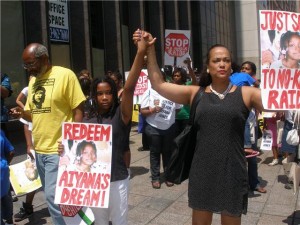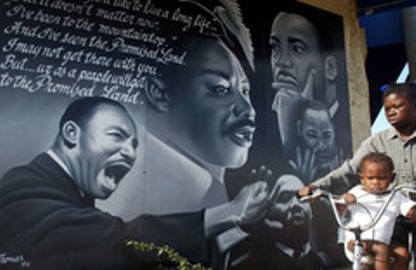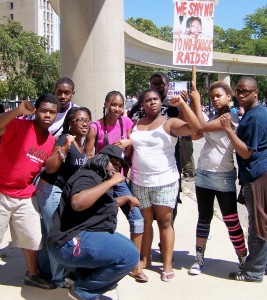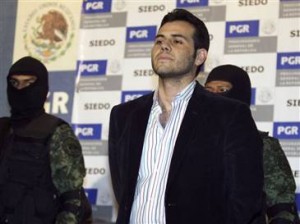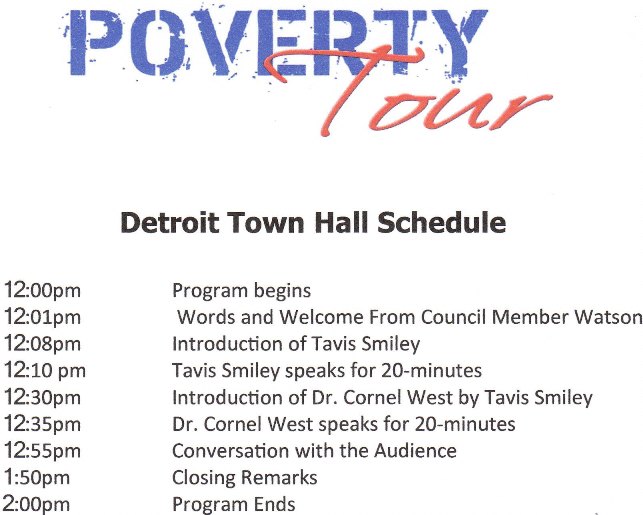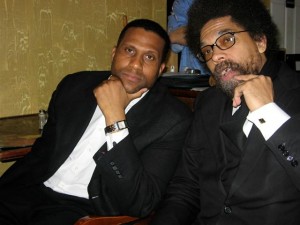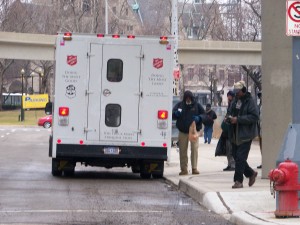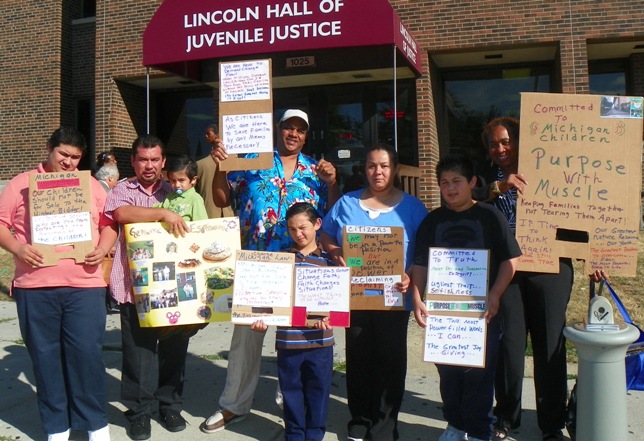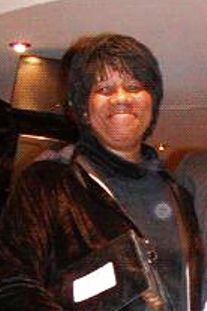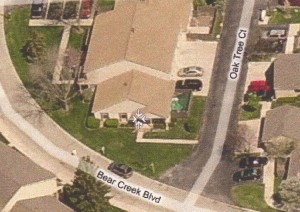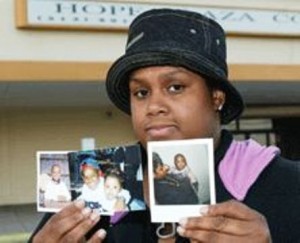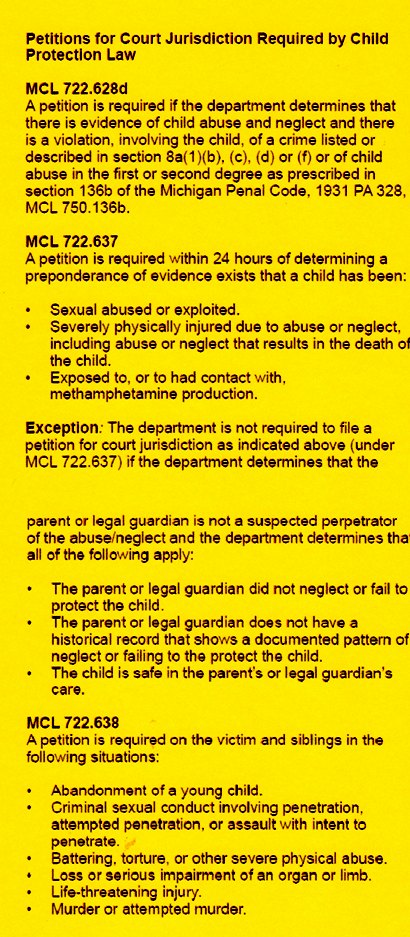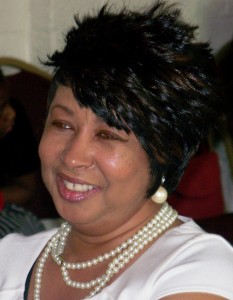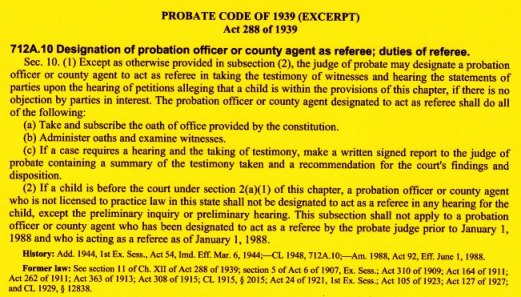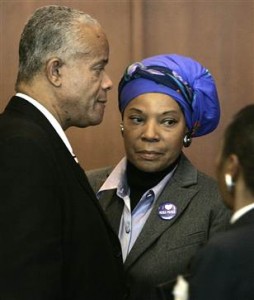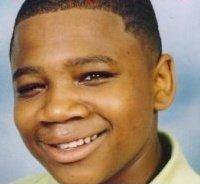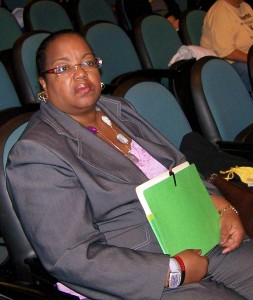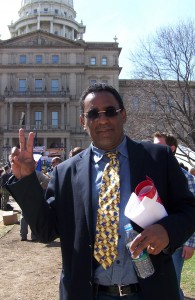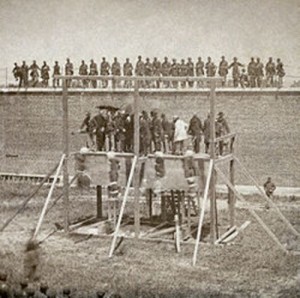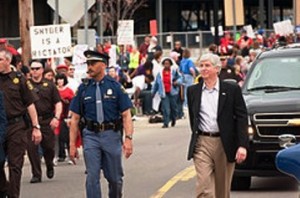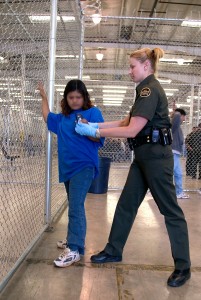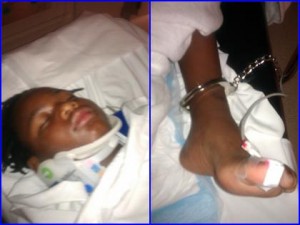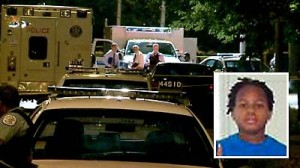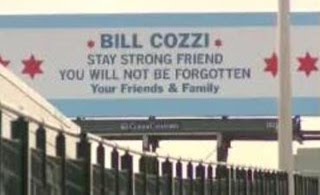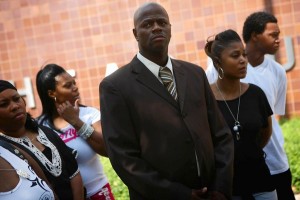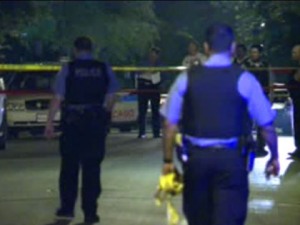ARTICLES FROM CITIZENS COMMISSION ON HUMAN RIGHTS INTERNATIONAL at http://www.cchrint.org/tag/risperdal/
Claim: J&J Wrongly Marketed Antipsychotic Drug Risperdal to Kids
Wednesday, August 3rd, 2011
BNET – August 3, 2011
by Jim Edwards
The FDA told Johnson & Johnson (JNJ) in 1997 that its request to market the antipsychotic drug Risperdal for children was “without any justification.” In the following years, J&J’s army of pharmaceutical sales reps made 100,000 sales calls on child and adolescent psychiatrists, justifying this by “qualifying” the docs if they had as few as one adult patient exhibiting signs of schizophrenia, according to a lawsuit.
It was a distinction only a lawyer can love, and now the Massachusetts attorney general is using it against J&J and its Janssen unit, alleging that J&J’s promotion of Risperdal for children was misleading.
J&J had initially asked the FDA to approve the drug for use in children, and the FDA eventually allowed limited use in the over-10s in the 2006 and 2007. But in 1997, without clinical evidence to back its request, the FDA frowned on use of the drug for children. In a latter the J&J, the FDA wrote:
To permit the inclusion of the proposed vague references to the safety and effectiveness in pediatric patients and the nonspecific cautionary advice about how to prescribe Risperdal for the unspecified target indications would serve only to promote the use of this drug in pediatric patients without any justification.
“Promote use of this drug in pediatric patients” is exactly what J&J then did, according to the suit:
From January 1994 through September 2006, Janssen sales representatives directly promoted Risperdal to thousands of child and adolescent psychiatrists and pediatricians even though Risperdal was not approved to treat any pediatric conditions until October 2006.
Doctors were paid $1,000 to attend J&J’s pediatric “advisory board” meetings held at posh resorts, and eventually Risperdal reached a 50 percent share of pediatric antispychotic category, the suit alleges.
Kids grew breasts, docs went to the Four Seasons
This success came at some price to the children receiving the drug, as Risperdal’s side effects include weight gain, diabetes and “galactarhea,” the premature production of breast milk in both boys and girls. One of J&J’s sales reps made this internal sales call note on that issue:
An August 2, 2001 call note (000000244279 ) reports on a sales call with a Braintree doctor: “. . . . She is using Risperdal with great success in kids ala Biederman. She did mention galactarhea so I told her how Biederman is using Dostinex. She is going to get more info on this dopamine agonist. She is going to attend the 4 Seasons event.”
The Biederman name is familiar to anyone following the Risperdal saga, of course. Joseph Biederman was the Harvard medical school doctor who was paid by J&J to churn out reams of studies promoting Risperdal in kids. He became infamous when he suggested in a deposition that he was one pay-scale below God.
For more information on Joseph Biederman – http://www.cchrint.org/2011/07/22/pharma-funded-psychiatrists-behind-bogus-child-bi-polar-epidemic-disciplined-for-conflicts-of-interest/
Attorney General Alleges Jansen Illegally Marketed Antipsychotic Drug – to kids and the elderly
Tuesday, August 2nd, 2011
Coakley alleges Janssen illegally marketed drug
By Jessica M. Karmasek – LegalNewsLine.com
August 2, 2011
BOSTON (Legal Newsline) — Drug manufacturer Ortho-McNeil-Janssen is being sued by Attorney General Martha Coakley for illegally marketing Risperdal, an atypical antipsychotic medication.
Coakley’s lawsuit alleges that Janssen promoted the drug to treat elderly dementia and a number of uses in children and adolescents when these uses had not been shown to be safe and effective and had not been approved by the U.S. Food and Drug Administration.
The complaint, filed this week in Suffolk Superior Court, further alleges that Janssen failed to disclose serious risks associated with Risperdal’s use, including the risk of excessive weight gain, diabetes and, for elderly dementia patients, an increased risk of death.
“Manufacturers should not promote uses of their pharmaceutical products that have not been established to be safe and effective,” Coakley said in a statement Monday.
“Janssen put profits ahead of patient safety by promoting Risperdal for uses that had not been approved and by failing to disclose serious risks associated with Risperdal’s use.”
According to the attorney general’s lawsuit, Janssen’s unfair and deceptive practices included:
* Omitting and/or concealing material facts regarding Risperdal’s efficacy and safety in its communications with Massachusetts health care providers and consumers;
* Concealing, omitting or minimizing the side effects and risks associated with Risperdal’s use;
* Promoting Risperdal to treat elderly dementia without disclosing to prescribers the serious risks associated with Risperdal’s use in dementia patients, including an increased risk of death;
* Promoting Risperdal to treat elderly dementia without disclosing to prescribers that the U.S. Food & Drug Administration had rejected the company’s request to market Risperdal for this use because of unaddressed safety concerns;
* Promoting Risperdal’s use as safe and effective to treat conduct disorder and other conditions in children for more than a decade before receiving FDA approval to market Risperdal to treat any conditions in children;
* Making misleading and deceptive statements to prescribers about Risperdal’s safety, particularly with respect to weight gain and the risk of developing diabetes;
* Paying physicians to participate in sham consulting programs that were, in fact, thinly disguised marketing programs touting unapproved uses; and
* Targeting its sales and marketing efforts to prescribers who rarely, if ever, prescribe Risperdal for its FDA-approved uses, primarily the treatment of schizophrenia and bipolar mood disorder.
According to the attorney general’s complaint, Janssen’s illegal marketing and sales tactics helped the company generate hundreds of millions of dollars in sales in the state.
Citing company documents, Coakley’s lawsuit notes that these illegal tactics helped make Risperdal a market leader in both the children and adolescent and elderly market segments.
http://www.legalnewsline.com/news/233450-coakley-alleges-janssen-illegally-marketed-drug
Friday, July 22nd, 2011
Alliance for Human Research Protect
Harvard Psychiatrists Disciplined for Conflicts of Interest
Alliance for Human Research Protection – July 21, 2011
by Vera Sherav
Psychiatrist Joseph Biederman was funded millions by Pharma while promoting child “bipolar” disorder
The primary promoters–inventors, one might say– of diagnosing children with “bipolar” disorder, who for over a decade, aggressively promoted the biopolar diagnosis and use of antipsychotics in children, were disciplined by Harvard University and its affiliated Massachusetts General Hospital.
An investigation, prompted by Sen. Charles Grassely, was conducted by Harvard University-affiliated Massachusetts General Hospital. It concluded (earlier this month) that psychiatrist Joseph Biederman and two of his proteges, Thomas Spencer and Timothy Wilens -each of who failed to disclose millions of dollars they had each received from the makers of antipsychotics, the drugs they promoted for the treatment of bipolar in children–had indeed violated the University’s/ and hospital’s conflict of interest reporting standards.
They have also taken millions of dollarrom the drug companies.”The companies that paid them millions include: Eli Lilly, Johnson & Johnson, Pfizer, GlaxoSmithKline and Bristol-Myers Squibb.The Senator brought public attention–and to Harvard University administrators’ attention–the financial conflicts of interest, “Out of concern about the relationship between this money and their research.”Indeed, documents uncovered during litigation confirmed that the research was scientifically corrupt and commercially-driven. The New York Times reported that Dr. Biederman promised Johnson a& Johnson that a study (yet to be conducted) in preschool children who would be given the company’s antipsychotic, Risperdal (risperidone) “will support the safety and effectiveness of Risperdal in this age group.”“The psychiatrist, Dr. Joseph Biederman, outlined plans to test Johnson & Johnson’s drugs in presentations to company executives. One slide referred to a proposed trial in preschool children of risperidone, an antipsychotic drug made by the drug company. The trial, the slide stated, “will support the safety and effectiveness of risperidone in this age group.”Dr. Biederman was the lead author of a trial published last year concluding that treatment with risperidone improved symptoms of attention deficit and hyperactivity disorder in bipolar children.
”The three wrote a mea culpa letter stating “we want to offer our sincere apologies…” acknowledging “our mistakes…”However, no mention was made anywhere about the profound consequences of these psychiatritsts’ commercially-driven clinical recommendations. No mention about the corruption of the scientific literature, about clinical practice that deviated from the Hippocratic Oath, “First, do no harm,” nor was any mention made about the harm suffered by children whose doctors were misled about the safety and efficacy of highly toxic drugs.Child psychiatrists and pediatricians throughout the US were guided by these exceedingly influential Harvard psychiatrists.As Sen. Chuck Grassley noted in 2008 in the Congressional Record, “they are some of the top psychiatrists in the country, and their research is some of the most important in the field.
Another of Biederman’s Harvard ignoble disciples was Jeff Bostic, who is also at Massachusetts General Hospital. He was named in a 2009 lawsuit joined by the US Department of Justice alleging Forest Laboratories promoted its antidepressants for pediatric use without FDA approval and paid kickbacks to docs to encourage prescriptions. He received $750,000 in payments for giving talks on using these drugs in children.
Strangely, the National Institute for Mental Health, which had awarded thse psychiatrists millions of dollars at taxpayers expense. It appears that NIMH officials did not see fit to even conduct an investigation into the corruption of science and violation of federal regulations. This demonstrates a lack of professional and moral integrity at the NIMH whose administrators think nothing about the misappropriation of public money for commercially-driven, junk research.
http://www.ahrp.org/cms/content/view/828/9/ Continue reading








